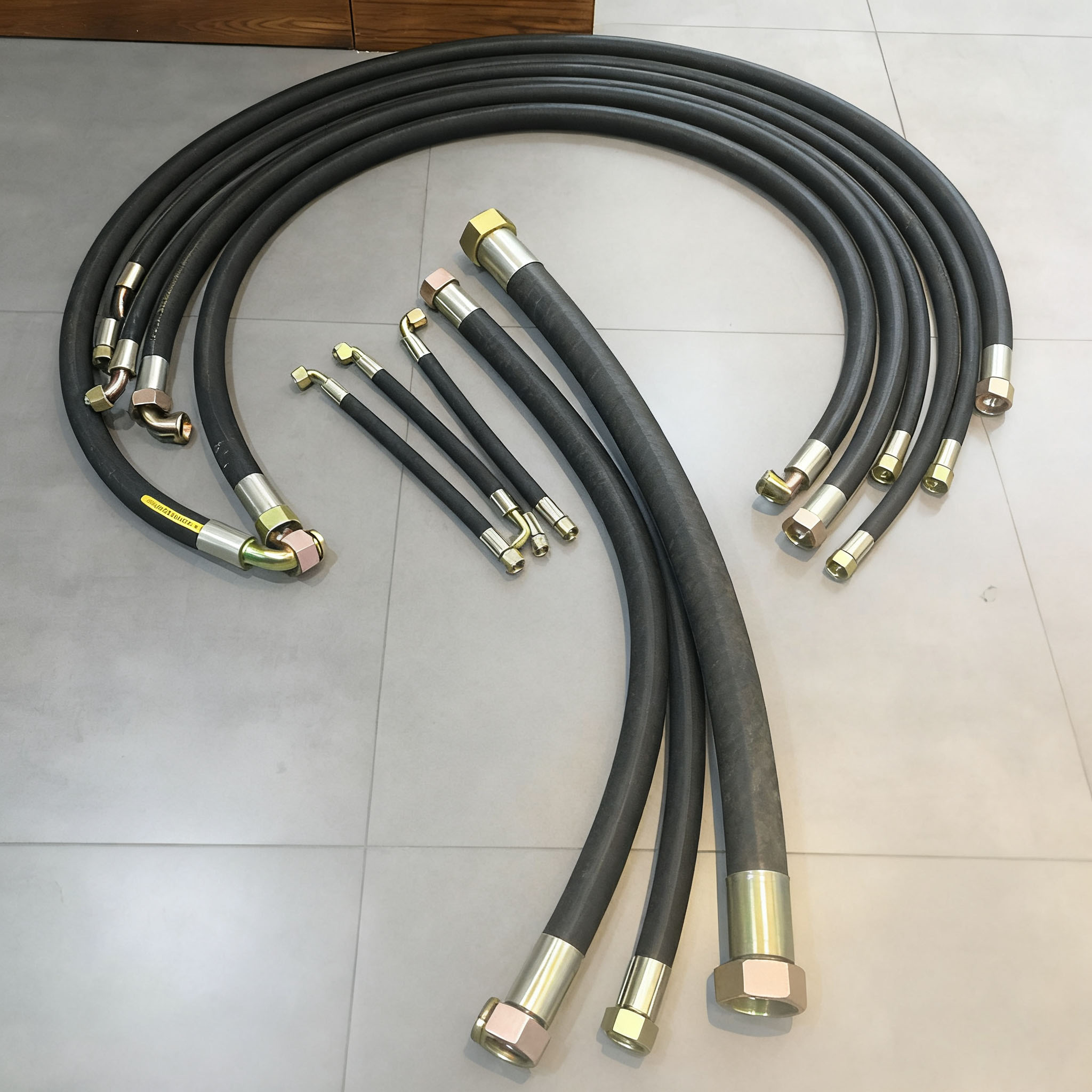Aging Criteria and Replacement Cycle for Forced Draft Fan Hydraulic Cylinder Oil Tube FAF30.5-19-1
Created on: 2025-10-17 11:34
넶PV:0
Q1: How to determine if the hydraulic cylinder connection oil tube is aging after long-term use?
After prolonged operation, the aging assessment for the Forced Draft Fan Hydraulic Cylinder Connection Oil Tube, Model FAF30.5-19-1, should focus on the following criteria:
- Surface Cracks: Inspect the outer wall of the oil tube for crazing, cracking, or delamination, especially at bends and near fittings. If the crack depth exceeds 10% of the wall thickness, immediate replacement is required.
- Deterioration of Sealing Performance: Frequent oil seepage or dripping at the joints, or excessive pressure drop during pressure testing (e.g., leakage during a 5-minute hold in a 0.5MPa air pressure test), indicates sealing failure.
- Wall Abrasion and Corrosion: Visually inspect the tube body for thinning, indentations, or rust/corrosion. Use a caliper to measure the outer diameter; replacement is needed if wear exceeds 5% of the original diameter.
- Changes in Elasticity and Hardness: Aged tubes may become hard and brittle, prone to cracking when bent, or locally soften and deform, leading to difficulty in installation.
- Abnormal Operating Parameters: Fluctuations in the hydraulic system pressure or slow regulation response might be caused by scale buildup or aging blockage inside the tube.
Q2: What is the recommended replacement cycle for the Forced Draft Fan Hydraulic Cylinder Connection Oil Tube?
Based on industry experience and equipment maintenance specifications, the suggested replacement cycle is as follows:
Recommended Replacement Cycles
- Standard Operating Conditions: Conduct a comprehensive inspection and replacement of the oil tube every 3 years, especially in high-vibration areas (such as the FAF30.5-19-1 connection point at the FD Fan hydraulic cylinder).
- Harsh Environments: If the oil tube is consistently exposed to high temperatures (>80°C), high dust levels, or corrosive gas environments, shorten the replacement cycle to 1.5 to 2 years.
- Emergency Replacement: The tube must be replaced immediately, regardless of its age, if cracks, oil seepage, or failure to pass pressure testing are observed.
Maintenance Note: During every overhaul, the tube status should be checked simultaneously. Document the number of cracks, seepage points, and changes in tube diameter. This historical data should be used to dynamically adjust the replacement cycle.





